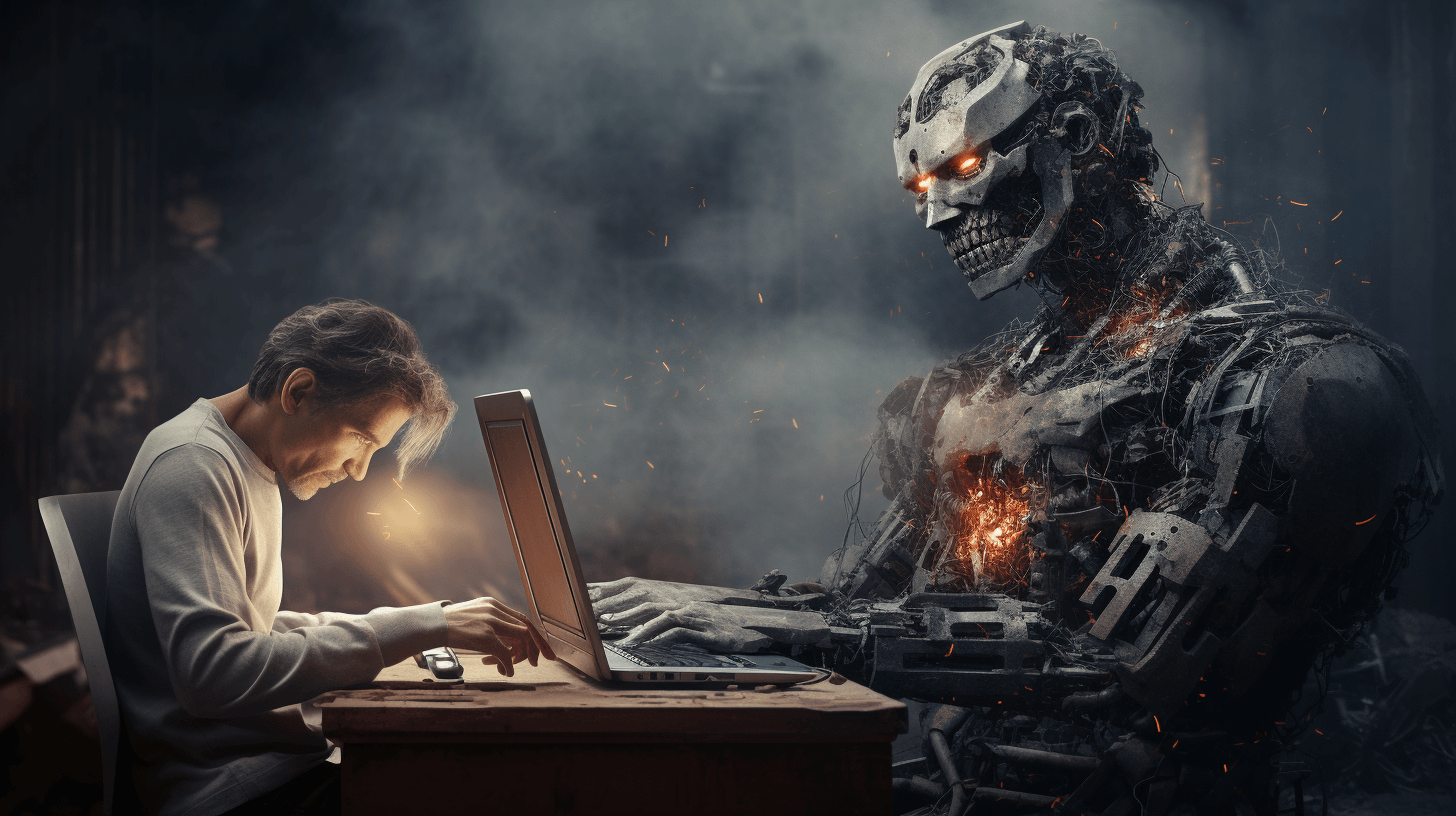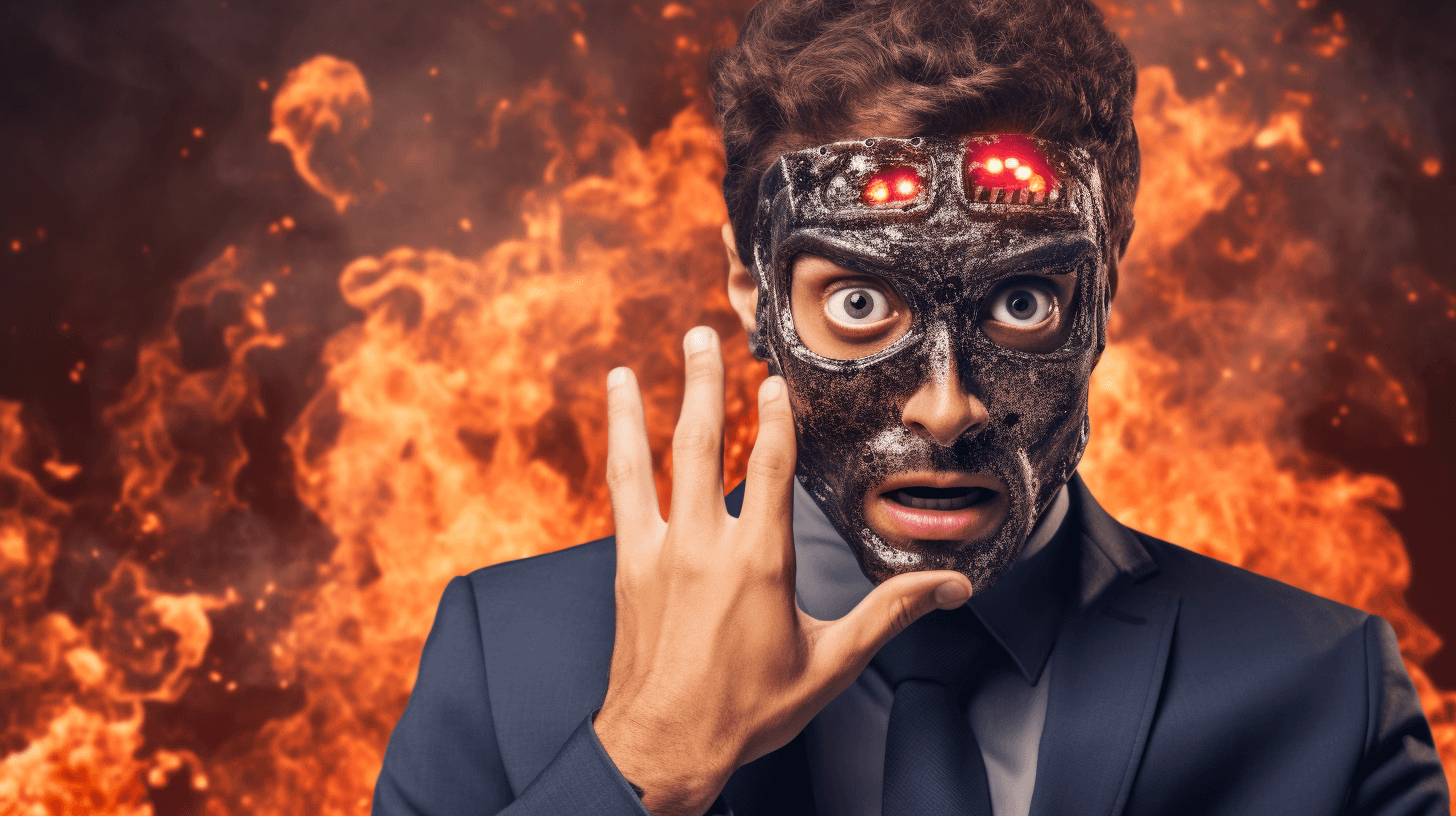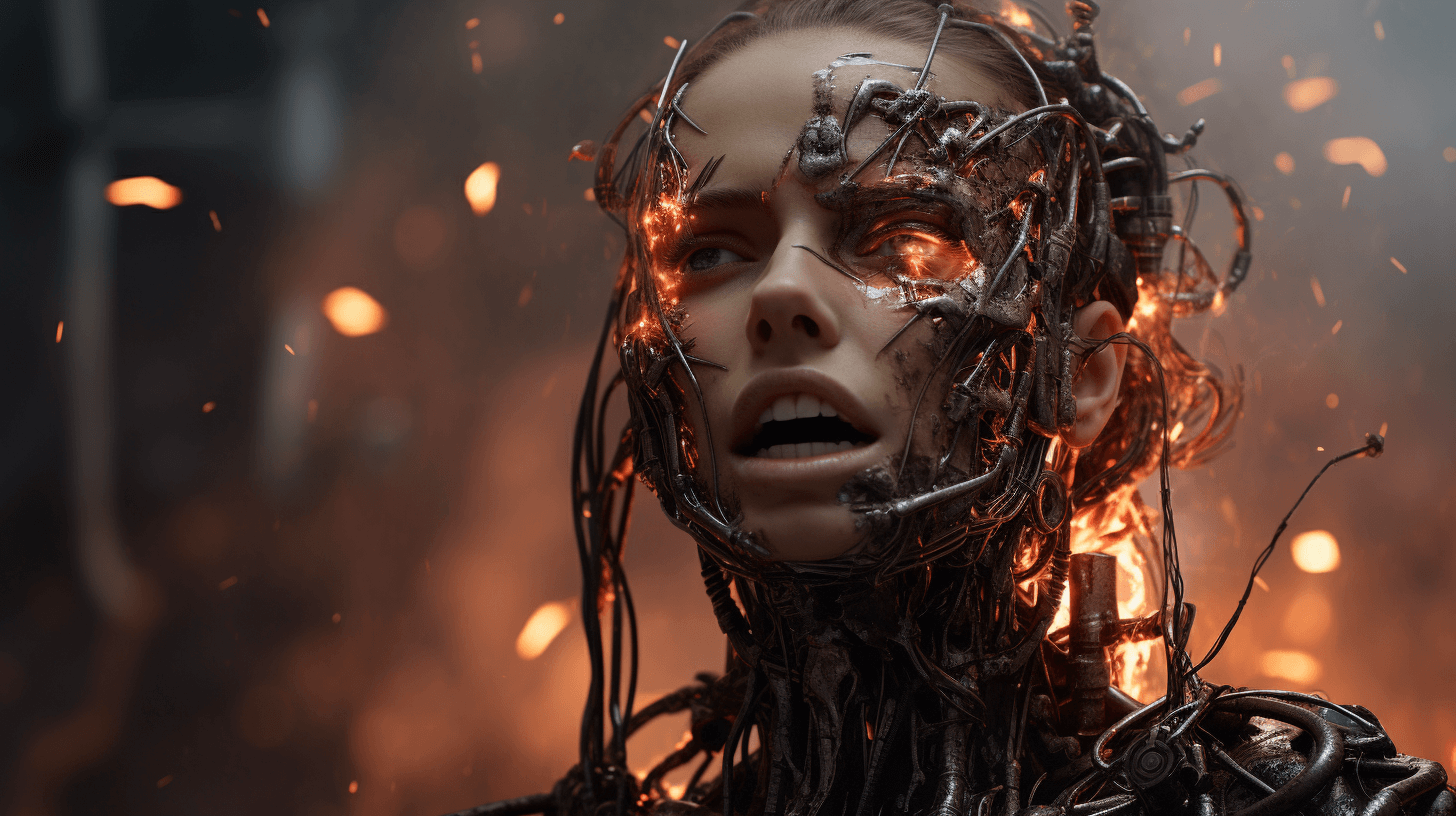The emergence of AI art generators like DALL-E and Stable Diffusion has sparked intense debate. While some see it as the future, many artists feel threatened by AI’s encroachment on creative fields. What does the rise of generative AI really mean for human artists? Let’s examine AI art vs. human art: the best insights on the future of creativity now.
AI as Existential Threat
For artists like digital painter RJ Palmer, AI represents “an active threat” to creatives’ livelihoods.^1 Famed anime director Hayao Miyazaki called AI art an “insult to life itself” and refuses to use it.^1 Their stance is that algorithmic art cannot match the ingenuity of human creation.
Some artists even filed lawsuits against AI art platforms for allegedly scraping copyrighted works into training data. The fear is real that AI could steal jobs by churning out cheap art and illustrations.
AI as New Creative Frontier
However, not all view AI art as destructive. Some pioneer artists are incorporating it into installations and selling AI-generated works for hefty sums.^1 For them, AI represents an exciting new medium with untapped potential.
Rather than replace artists, platforms like Midjourney and Stable Diffusion can enhance workflow and provide inspiration. The right human-AI collaboration could take creativity to new heights.
The Most Vulnerable Artists
AI likely poses the biggest threat to creators of commercial art, stock imagery and generic designs, where it offers a convenient alternative.^1 Artists specializing in a particular style also face higher risk of AI co-opting their niche.
But experts believe established gallery artists are relatively safe, as the art world still values provenance and originality. Conceptual artists exploring AI’s social impact may even benefit from the hype.
The outlook remains uncertain as the technology evolves at breakneck speed. While AI art spurs legitimate concerns over copyright and ethics, it could also push creativity in unexpected new directions if guided responsibly. The path forward should allow space for both human and artificial ingenuity to flourish. We hope this article has helped you understand AI art vs. human art: the best insights on the future of creativity now.


